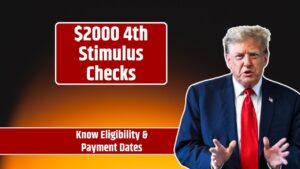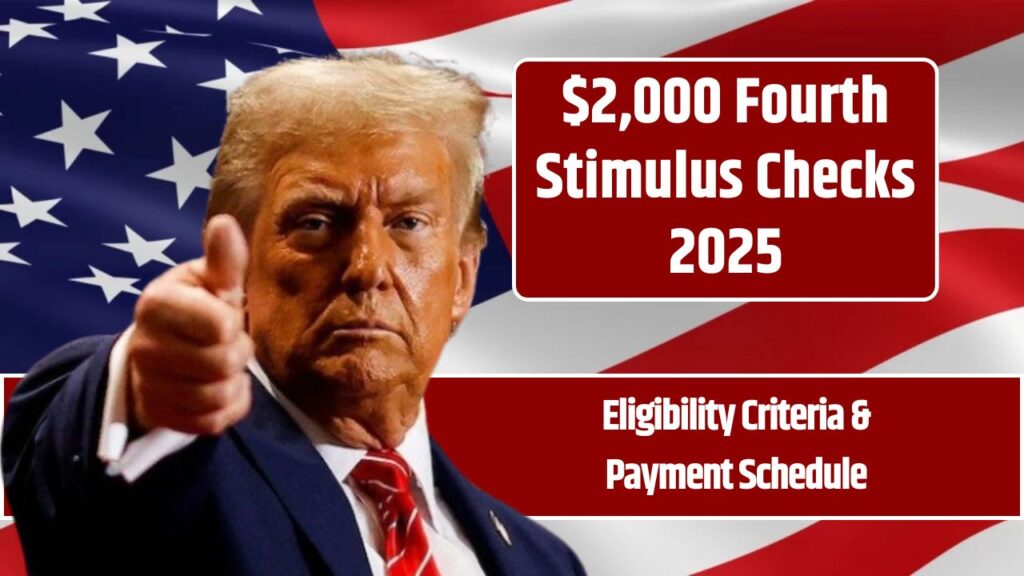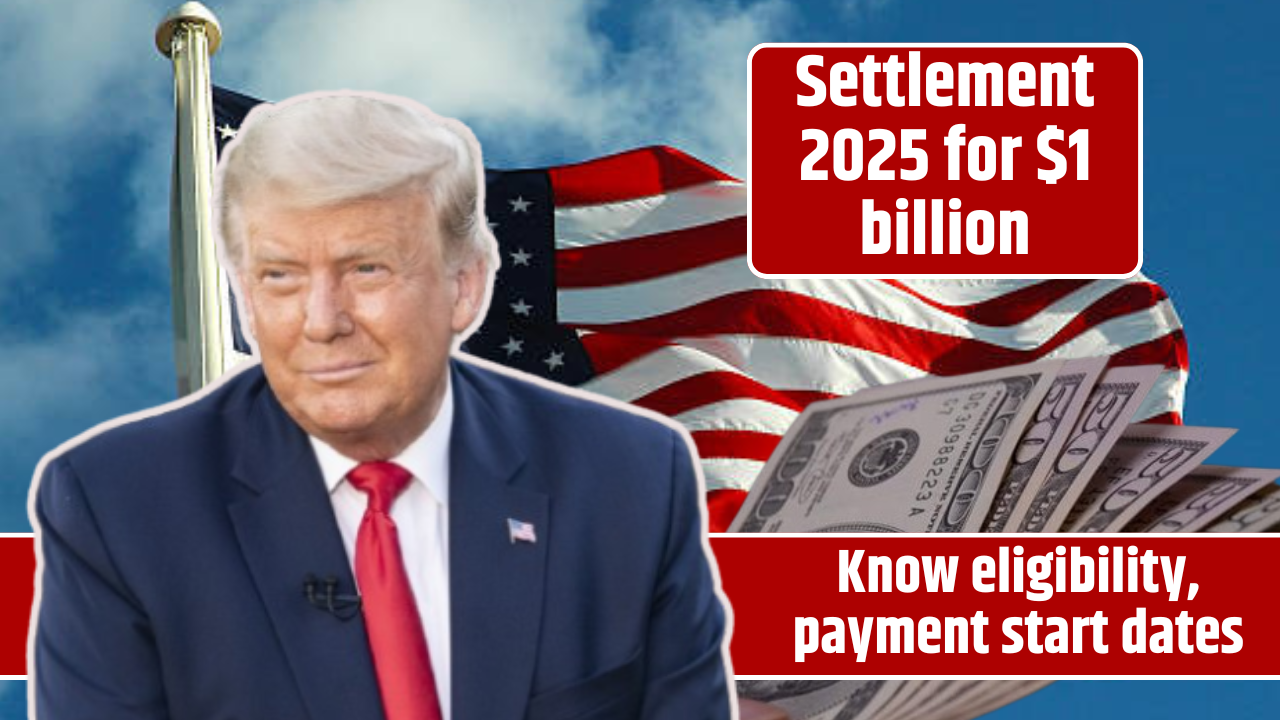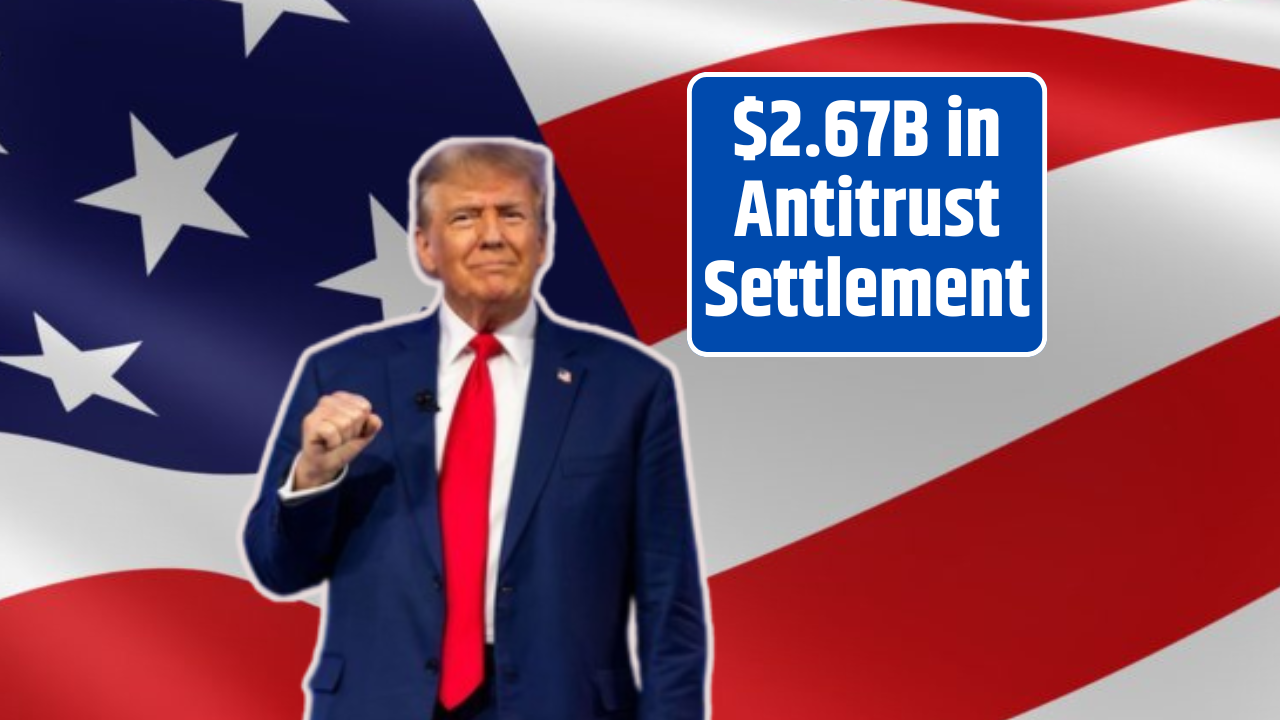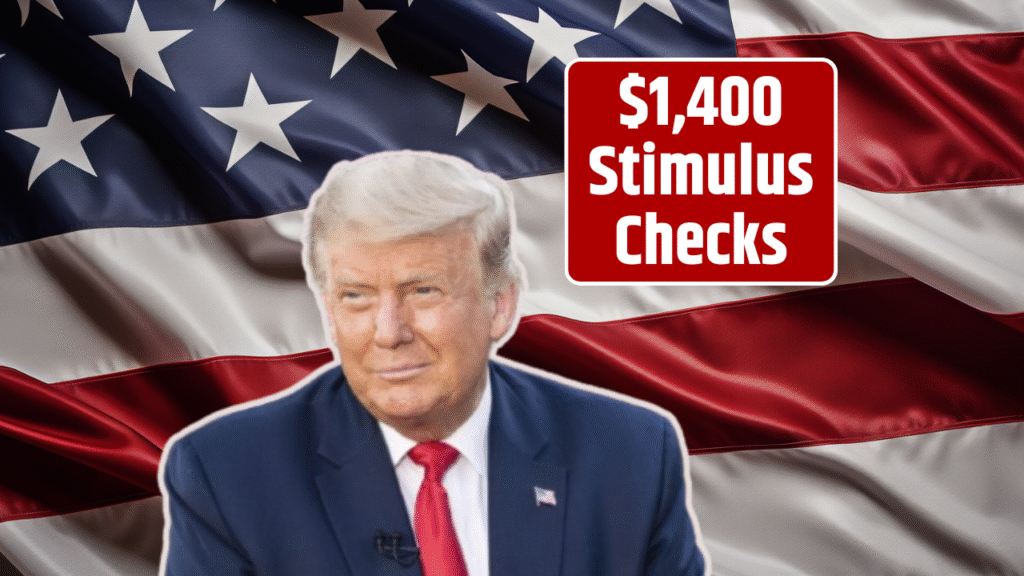With no new federal stimulus checks approved in 2025, the focus has shifted to state-level relief programs—and several states, including California, Colorado, and New York, are stepping up with payments of $750 or more to help residents combat inflation and rising living costs.
These payments aren’t technically “stimulus” checks in the federal sense, but for struggling households, they can offer real economic relief. Here’s everything you need to know about these programs, who qualifies, and how to make sure you don’t miss out.
$750 Stimulus Approved—But It’s State-Based in 2025
| Feature | Details |
|---|---|
| Payment Type | State rebates, refunds, or direct relief payments |
| Amount | Up to $750+ depending on income, household size, and location |
| States Involved | California, Colorado, New York, and others under review |
| Eligibility | Based on residency, income limits, and timely tax filing |
| Distribution Dates | Mid-to-late 2025, depending on the program |
| Official Resources | State tax department websites or IRS.gov |
While there’s no federal $750 stimulus, these state-run programs are real—and some may pay even more.
Why Are States Issuing Their Own Relief Payments?
Since the last round of federal stimulus checks during the pandemic, Congress hasn’t passed any new direct relief programs. But many states saw strong revenue growth in 2023–2024, creating budget surpluses. In response, governors and lawmakers in various states are offering rebates, refunds, and cost-of-living assistance to help taxpayers.
These state-level efforts aim to:
- Offset inflation-related expenses like housing, groceries, and fuel
- Support working families, seniors, and lower-income residents
- Incentivize tax compliance and residency
- Show action in an election year
Which States Are Sending $750+ Stimulus Checks in 2025?
Here’s a closer look at the top states offering or proposing significant direct payments in 2025:
California – Up to $725
- Program Name: Budget Surplus Inflation Rebate
- Amount: Up to $725 based on adjusted gross income
- Who Qualifies: Residents who filed a 2023 California state tax return by the deadline and meet income limits
- Distribution: May to July 2025 (via direct deposit or mailed checks)
- Note: Designed for taxpayers who missed out on earlier Golden State Stimulus rounds
Colorado – Up to $800 (or $1,600 for Couples)
- Program Name: TABOR Refund (Taxpayer’s Bill of Rights)
- Amount: $800 per individual / $1,600 per joint return filer
- Eligibility:
- Must have lived in Colorado for at least 6 months in 2024
- Must file a 2024 Colorado state tax return by April 15, 2025
- Payout Timing: Summer 2025
- Background: Required refund of surplus state revenues under Colorado law
New York – Up to $500 Proposed
- Program Name: “Inflation Refund” (as proposed in 2025 State Budget)
- Amount: $300 to $500 based on filing status and income
- Eligibility:
- Single filers under $150,000
- Joint filers under $300,000
- Must be a full-year New York resident and file a 2024 tax return
- Status: Still awaiting approval from the state legislature
States to Watch in 2025
More states could join the effort. Here’s what’s on the radar:
| State | Potential Relief |
|---|---|
| Illinois | Property tax rebates tied to income |
| Georgia | Proposed new surplus refund |
| Minnesota | New stimulus-like proposal under discussion |
| Michigan | Targeted aid for seniors and low-income residents |
These proposals are subject to budget debates and legislative approval—stay tuned through mid-2025.
No Federal $750 Stimulus—But Don’t Miss the IRS Credit
If you’re looking for federal relief, there’s still one option left:
IRS Recovery Rebate Credit
- Worth up to $1,400 per person
- For those who missed or didn’t get the full COVID-era stimulus payments
- File or amend your 2021 tax return by April 15, 2025
- Use IRS Free File or consult a tax preparer
How to Claim Your State Stimulus Payment
Step-by-Step Guide:
- Check Your State Tax Website
Look for programs under “rebate,” “relief,” or “tax credit.” - Confirm Income & Residency Rules
Review requirements for both income and length of residency in 2024. - File Required Tax Returns
Most programs require a 2023 or 2024 tax return to qualify. - Update Your Payment Info
Ensure your direct deposit details are correct on file. - Monitor Payment Schedules
Some programs send automatic payments; others may require applications.
Even though a federal $750 stimulus isn’t on the table, there’s still money available at the state level—if you qualify and take the right steps. State budgets are tight, and funds may be limited, so now’s the time to check your eligibility, file your taxes, and prepare for possible payments.
FAQs
Is the $750 stimulus payment real?
Yes—but it’s not federal. It’s a collection of state-based programs, with some residents getting $750 or more.
How do I know if I qualify for a payment?
Eligibility is based on state residency, income, and tax filing status. Check your state’s tax website.
Do I need to apply separately?
Some states issue payments automatically if you filed your taxes. Others may require a brief application.


